
F 2013 S 2014 F 2014 S 2015 F 2015 S 2016 F 2016 S 2017 F 2017 S 2018 F 2018 S 2019
INSTITUTIONAL STUDENT LEARNING OUTCOMES - ISLOs
ISLO 1
1A
1B
1C
1D
ISLO 2
2A
2B
2C
2D
ISLO 3
3A
3B
3C
3D
ISLO 4
4A
4B
4C
4D
COMPUTER SCIENCE PROGRAM OUTCOMES - PSLOs
Related ISLOs
Sustainability/Global Awareness
Diversity
COMMUNICATION
CITIZENSHIP
Inquire
Apply Technology
Problem Solve
Evaluate and Examine Information
CRITICAL AND CREATIVE THINKING
Express
Personal Responsibility
Ethics
COMPUTER SCIENCE Program
Year 3
Year 4
Analyze
Access Information
Read
Listen
Write
Dialogue
TECHNOLOGY AND INFORMATION COMPETENCY
Demonstrate Technical Literacy
Year 2
Year 1
Year 5
Year 6
ISLOs, PSLOs, CSLOs, Mapping, and Assessment Plan

PSLO A
Engage in continuous learning as well as research and assess new ideas and
information to provide the capabilities for lifelong learning.
1A,1B,1C,1D,2
A,2B,2C,2D,3A,
3B,3C
PSLO B
Read and interpret technical information, as well as listen effectively to, communicate
orally with, and write clearly for a wide range of audiences.
1A,1B,1C,1D,2
A,2B,2C,2D,3A,
3B,3C
PSLO C Analyze a problem and craft an appropriate algorithmic solution.
1A,2A,2B,2C,2
D,3A,3B,3C
PSLO D Apply knowledge of computing and mathematics appropriate to the discipline.
1A,2A,2B,2C,2
D,3A,3B,3C
PSLO E Interpret data, think critically and apply the scientific method.
1A,2A,2B,2C,2
D,3A,3B,3C
COMPUTER SCIENCE CONCENTRATION AA or AS degree - same as the PSLOs.
MANAGEMENT INFORMATION SYSTEMS CONCENTRATION AA or AS degree - same as the PSLOs.
EMBEDDED SYSTEMS CONCENTRATION CERTIFICATE OF ACHIEVEMENT - same as the PSLOs.
WEB PROGRAMMING CONCENTRATION CERTIFICATE OF ACHIEVEMENT - same as the PSLOs.
COMPUTER SCIENCE COURSE OUTCOMES - CSLOs
Related PSLO
CSCI 10 - Introduction to Computing C - Completed, P- Planned
CSLO 1
Describe the software development life-cycle. B
CSLO 2
Describe the principles of structured programming and be able to describe, design,
implement, and test structured programs using currently accepted methodology.
C
CSLO 3
Explain what an algorithm is and its importance in computer programming. B,E
CSLO 4
Explain moral and ethical issues in computer science. B
CSCI 12 - Introduction to Object-Oriented Programming
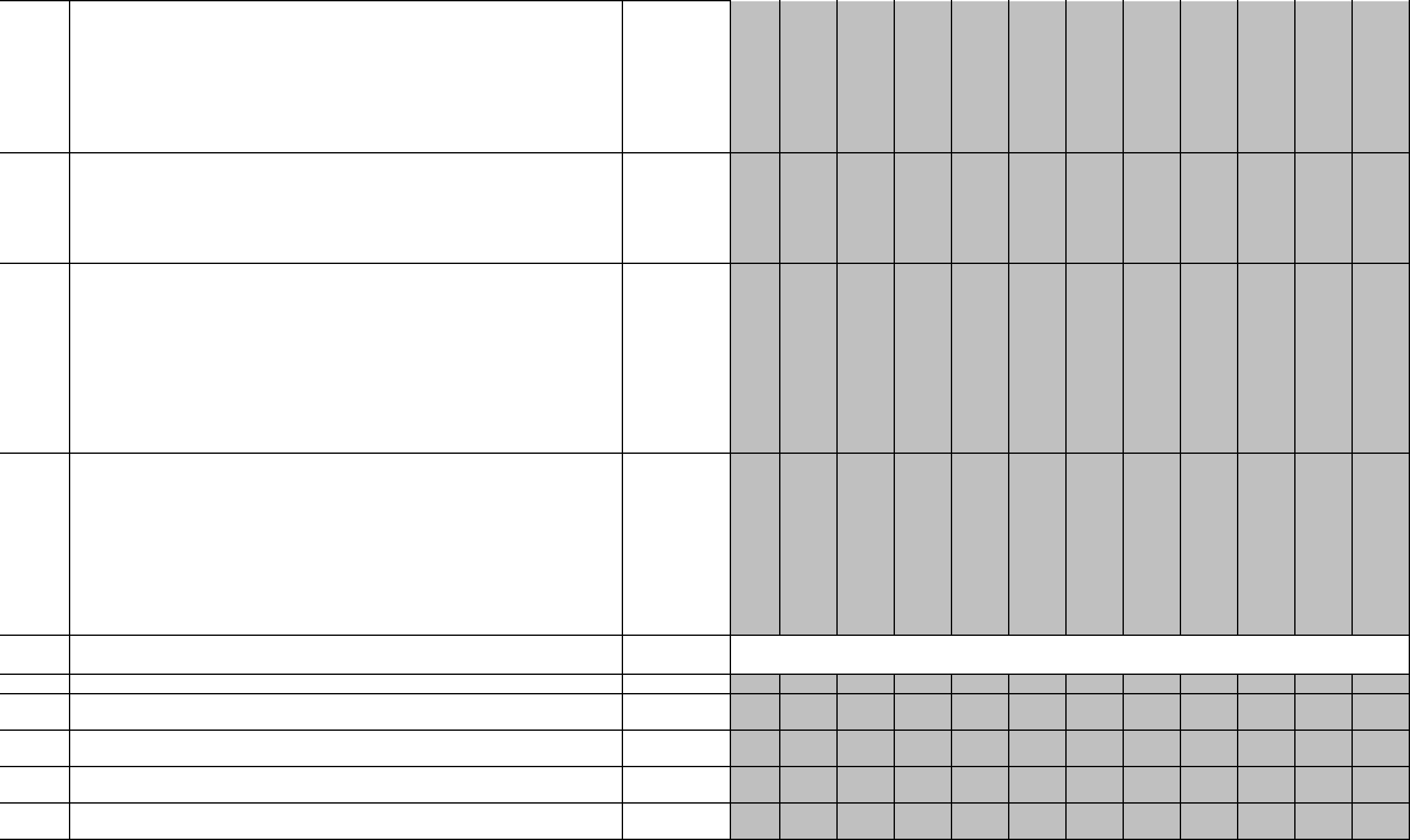
CSLO 1
Language fundamentals: students in CSCI-12 will learn and demonstrate basic
proficiency in the mechanics of the Java programming language. Areas of proficiency
include, but are not limited to, the following: Java overview and history; Java
development environment; numbering systems, conversion, and language types;
language syntax, structure, keywords, and statements; variables, constants, and
datatypes; operators and precedence; forms of flow control (sequential, methods,
selection/branching, looping/iteration); basic input/output techniques.
B,D
CSLO 2
Object-oriented fundamentals: Students in CSCI-12 will apply language fundamentals in
support of utilizing and creating Object-Oriented (O-O) software elements. Areas of
proficiency include, but are not limited to, the following: definitions and distinctions of
classes and objects; using existing Java classes; creating new Java classes;
leveraging the Java API library; inheritance; abstract classes and interfaces;
polymorphism.
D,E
CSLO 3
Sound program organization: Students in CSCI-12 will originate new Object-Oriented
(O-O) software, using language fundamentals and O-O fundamentals, in accordance
with sound software development principles. Areas of proficiency include, but are not
limited to, the following: overall program organization; data requirements definition;
program structure, layout, readability, and documentation; large task
decomposition/allocation into smaller software elements (methods); aggregation of data
into appropriate software elements (classes, arrays, static vs noon-static classes);
defensive programming (bounds and type checking, exception handling).
C,D
CSLO 4
Problem-solving application: Students in CSCI-12 will apply language fundamentals, O-
O fundamentals, and sound program organization techniques, for the purpose of
applying them to various realistic, real-world problem solving scenarios.
Representative situations may include, but are not limited to, the following: simple
calculations; obtaining program from user input or in bulk; presenting or formatting
output data; persisting program output data; developing simple object models from
which to begin implementing software solutions; reusing past solutions in new
applications; making appropriate problem assumptions and simplifications; class
modeling.
C,D,E
CSCI 13 - Intermediate Object-Oriented Programming
CSLO 1
Implement linear lists with arrays and linked objects. C,D,E
CSLO 2
Write programs that use the stack and queue data structures, based on provided
specifications.
C,D,E
CSLO 3
Produce intermediate-sized programs using Object-Oriented design principles, with a
combination of written and provided code.
B,C,D,E
CSLO 4
Identify effective techniques to test, debug, and document larger programs. B,C,E
CSLO 5
Write a program that uses recursive algorithms operating on a binary tree. D,E
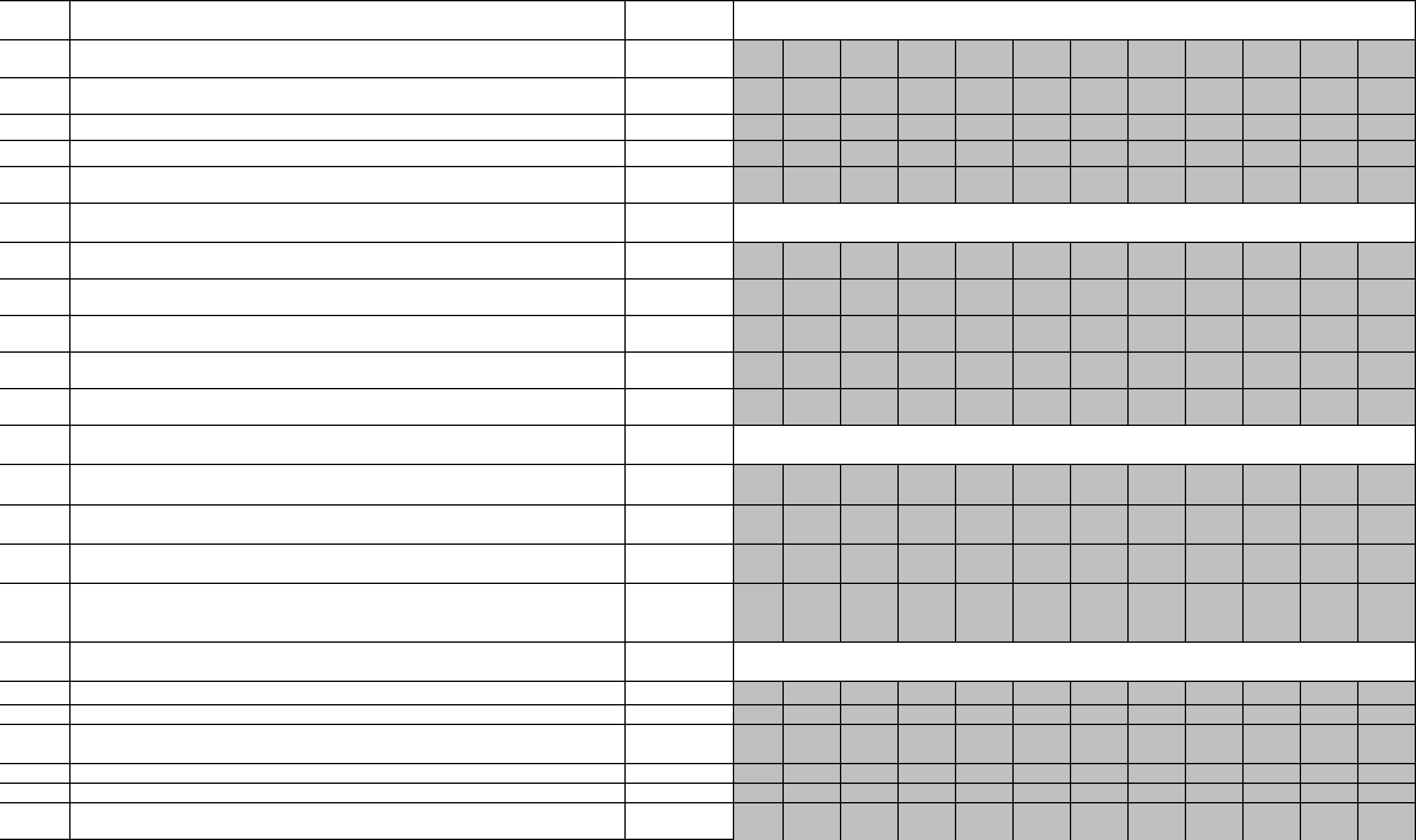
CSCI 14 - Data Structures
CSLO 1
Apply algorithm analysis to the operations on data structures and interpret the results. C, D,E
CSLO 2
Describe and evaluate the operations and possible implementations of abstract data
types for lists and trees.
B,C,D,E
CSLO 3
Describe the operation and characteristics of sorting algorithms. B,C,E
CSLO 4 Describe the operation and application of graph algorithms. B,C,E
CSLO 5
Select and justify appropriate data structures and algorithms for complex programming
tasks.
C,D,E
CSCI 21 - The Game Development Process
CSLO 1
Identify and distinguish between various electronic game genres and platforms. B
CSLO 2
Describe, analyze and criticize a game based on its game play and reward system. C
CSLO 3
Write documentation (concept, proposal, manual) for an original game idea. B
CSLO 4
Evaluate different issues related to the game industry and culture (gender, violence,
etc.).
A,B
CSLO 5
Identify the different job positions needed in the game industry to design, create, and
market an electronic game.
A
CSCI 24S - Programming for Mathematics and Science
CSLO 1
Write computer programs that utilize fundamental programming constructs:
variables, arrays, conditionals, loops, and functions.
C,D,E
CSLO 2
Decompose a programming problem into smaller programs that are easier to
reason about and write.
C.D.E
CSLO 3
Read technical documentation and apply it to a programming problem.
B,C,D,E
CSLO 4
Analyze the specifications for a simulation or computation and develop a plan
for implementing it utilizing decomposition and structured programming
techniques.
C,D,E
CSCI 26 - Discrete Structures for Computer Science
CSLO 1
Perform binary and hexadecimal conversions of numbers. D
CSLO 2
Solve problems involving sets, relations, functions, and congruences. C,D
CSLO 3
Perform computations using recursively defined functions and structures. C,D
CSLO 4
Use methods of combinatorics to solve counting problems. C,D
CSLO 5
Illustrate the basic terminology and properties of graphs and trees. C,D
CSLO 6
Apply the binomial theorem to independent events and Bayes’ theorem to dependent
events.
C,D,E
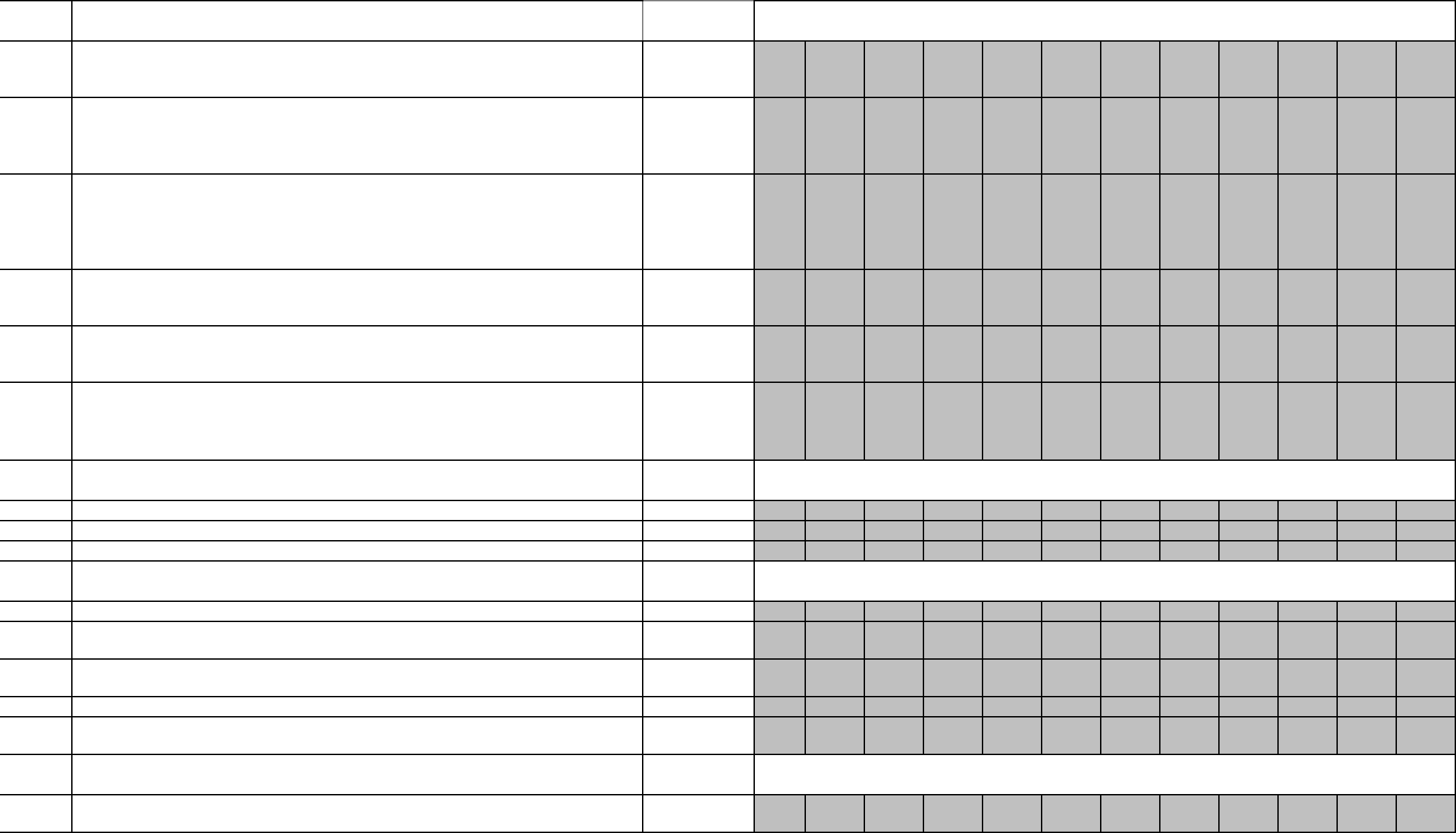
CSCI 27 - Visual Basic .NET Programming I
CSLO 1
User Interface Design: Demonstrate techniques for good program design, including
making the interface easy for users as well as following guidelines for designing
maintainable programs.
C
CSLO 2
Variables, Constants, and Calculations: Differentiate between various data types, apply
proper naming conventions, and declare variables/constants. Perform calculations,
convert/format various data types, and use Try/Catch blocks for error handling.
C,D
CSLO 3
Decisions and Conditions: Use IF statements to control program flow, evaluate
conditions using comparison operators, and combine conditions using logical
operators. Perform validation on numeric fields, use a CASE structure for multiple
decisions, and debug projects using breakpoints.
C,D
CSLO 4
Menus, Dialog Boxes, and Functions: Create menus for program control, display and
use common dialog boxes, and write reusable code in sub procedures and functions.
B,C,D
CSLO 5
Multiform Projects: Include multiple forms in an application, understand the various
form events and how to handle them, and declare variables with the correct scope and
access level for multiform projects.
C,D
CSLO 6
Lists, Loops, and Printing: Differentiate between various types of lists, describe
standard list operations, and use loops to process list elements. Send information to
the printer using a loop to access each list element.
D,E
CSCI 28 - Independent Study
CSLO 1
CSLO 2
CSLO 3
CSCI 39 - Introduction to Computer Architecture and Assembly Language
CSLO 1
Write simple assembly language program segments. C
CSLO 2
Demonstrate how fundamental high-level programming constructs are implemented at
the machine-language level.
C,E
CSLO 3
Understand the internal representation of integer, floating point and non-numeric
representation of data.
B
CSLO 4
Explain addressing modes used to access data. C,D,E x
CSLO 5
Use fundamental logic gates to design and implement combinational and sequential
digital circuits.
C,D
CSCI 46 - System Programming with C
CSLO 1
Use the standard C libraries for input/output, memory management, and networking. B,C,D

CSLO 2
Construct multi-file programs using appropriate software engineering tools. B,C
CSLO 3
Construct programs utilizing arrays, structures, loops, and/or subroutines. C,E
CSLO 4
Debug and add features to existing programs. B,C
CSCI 50 - Introduction to UNIX/LINUX
CSLO 1
Shell Commands: Understand the basic Linux shell commands : ls, cd, find, grep, ps,
bash, tcsh, man, chmod, umask, rm, mkdir, sort, more. Utilize piping and redirection to
construct more complex commands.
B
CSLO 2
Regular expressions: Utilize regular expressions to search for, extract, and transform
data from input.
C,D
CSLO 3
Shell Programming: Construct shell programs utilizing control structures. C
CSLO 4
Linux man pages: Understand how to read man pages. Use the man command to find
Unix/Linux commands to perform a specific operation.
B
CSLO 5
Networking: Understand basic networking commands of ssh, sftp and how to use
email.
B
CSCI 52 - Introduction to SQL C - Completed, P- Planned
CSLO 1
Express a database design in an Entity Relationship Diagram using industry-
recognized symbologies.
B,C
CSLO 2
Analyze the schema of an un-normalized database and transform it into equivalent 1st,
2nd, and 3rd Normal Forms.
B,C
CSLO 3
Construct valid SQL commands to create tables corresponding to a written description
or ERD.
B,E
CSLO 4
Construct valid SQL commands to insert, modify, and delete data into/from the tables. C,E
CSLO 5
Based on written descriptions of the data to be selected and the format and ordering of
the output, construct valid SQL commands to select data from one or more tables
using joins, nested subqueries, functions, and/or operators where necessary.
B,C
CSCI 54 - Visual Basic .NET Programming II
CSLO 1
Create a test plan and program using Visual Basic.NET to provide a solution to a well
defined programming program.
B
CSLO 2
Develop and use classes that have default properties, events, overloaded operators
and inherited classes.
C,D,E
CSLO 3
Compare the different collection classes available in Visual Basic.NET. C,D,E
CSLO 4
Use the Dataset Designer to 1) View the schema for the dataset of a data source; 2)
Modify a query using Query Builder; 3) Preview the data for a query; 4) Review the
SQL statements that are generated for a data source.
B,E
CSLO 5
Use a multiple-document interface (MDI) for an application that includes menus,
toolbars and status bars.
B,C
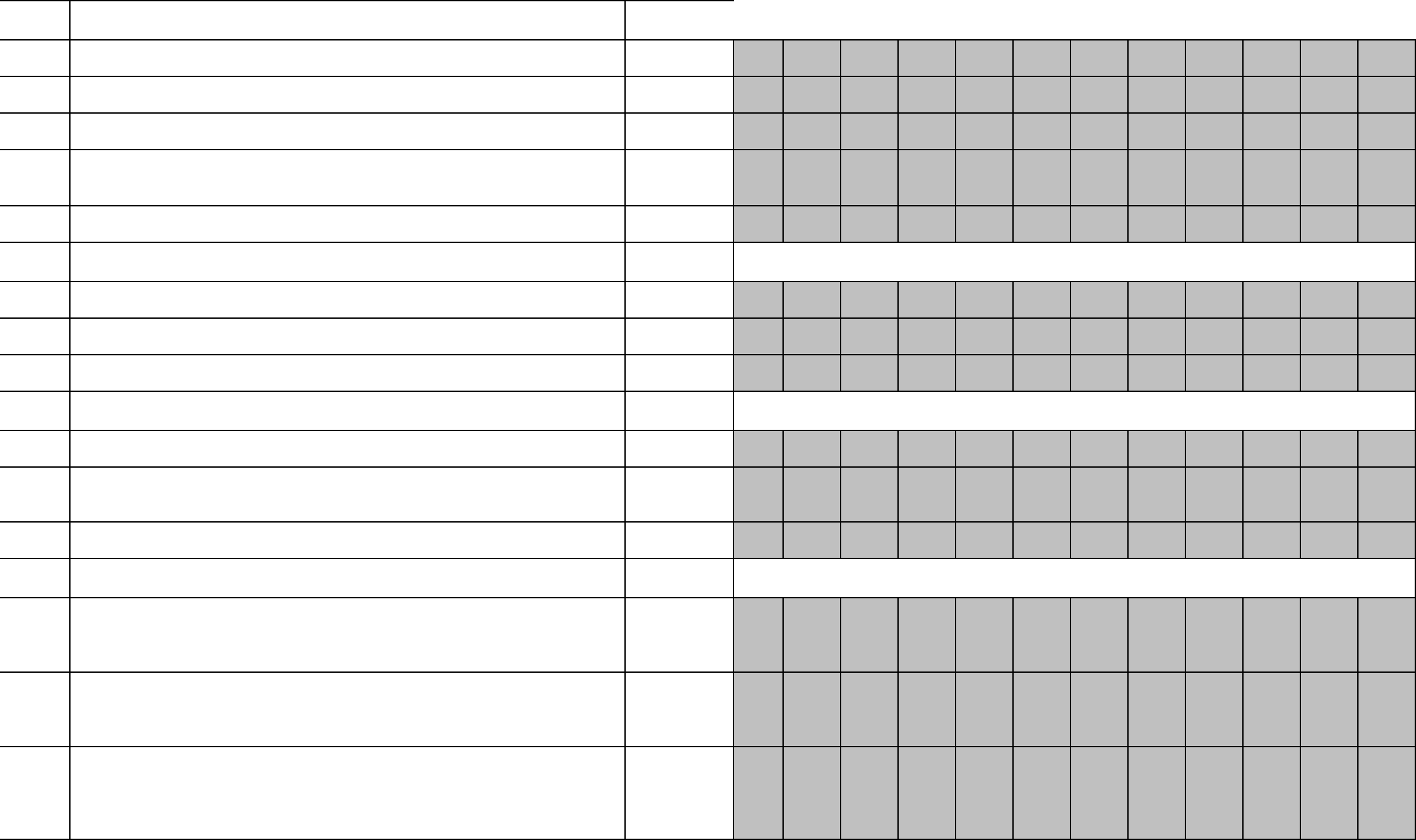
CSCI 55 - ASP.NET Programming (ARCHIVED)
CSLO 1
Create a test plan and program using Visual Basic.NET to provide a solution to a well-
defined programming problem.
B
CSLO 2
Demonstrate techniques used to validate input for a web form using ASP.net validation
controls.
C,D
CSLO 3
Use the site navigation features to make it easier for users to navigate through the
pages of a web site.
B,C
CSLO 4
Identify different state management techniques available in ASP.net. Use a cookie or
query string to pass information from one page to another.
D,E
CSLO 5
Describe the use of these ADO.net components - data adapter, command, connection,
data reader, dataset and data table.
D,E
CSCI 59P - Web Programming with PHP
CSLO 1
MySQL Basics: Understand the basics of MySQL and its application towards a
dynamic web page.
B,D
CSLO 2
PHP Language: Understand the basics of PHP and its application with HTML. B,D
CSLO 3
Develop Web Site: Demonstrate ability to design and implement a dynamic data-driven
web site using PHP, HTML and MySQL.
C,E
CSCI 59R - Ruby on Rails (ARCHIVED)
CSLO 1
Ruby Programming Language: Understand the basics of the Ruby programming
language.
B,C
CSLO 2
Model View Controller (MVC) Paradigm: Understand the Model/View/Controller (MVC)
paradigm and how it is implemented in the Rails programming environment.
B,C
CSLO 3
Rails Website: Demonstrate ability to design and implement a dynamic data-driven web
site using Ruby on Rails with a database backend.
D,E
CSCI 62 - Web Programming I
CSLO 1
Create navigation lists, create and use various types of links, and understand the
difference between absolute and relative paths. Make an image map, understand how
to link to various resources on the web, and work with hypertext attributes.
B,D
CSLO 2
Define style rules, demonstrate the use of style precedence and inheritance, and apply
color using CSS. Use contextual selectors, work with attribute selectors, and apply
text and font styles. Define list styles, use pseudo-classes, and create a rollover
effect.
B,D
CSLO 3
Define and set a background image, use browser extension styles, and understand
the difference between fixed, fluid, and elastic layouts. Set margins and padding,
create rounded corners, use absolute and relative positioning, and work with overflow
content, clipped objects, and stacked objects.
B,C

CSLO 4
Create headings and cells in a table, use cells that span multiple rows/columns, define
row/column groups, and add a table summary. Understand the difference between
formatting a table using attributes vs. using CSS styles, collapse table borders, and
create a multi-column layout.
B,C
CSLO 5
Create form elements including field sets, legends, in put boxes, labels, selection lists,
radio buttons, text area boxes, check boxes, spinners, sliders, and form buttons.
Apply styles to web forms, validate form data, and understand how web forms interact
with web servers.
B,E
CSLO 6
Explore audio/video file formats and embed an audio/video clip using a variety of
techniques. Understand how to incorporate Flash video (as well as YouTube video)
and embed a Java applet using a variety of techniques.
B,E
CSCI 63 - Web Programming II (ARCHIVED) C - Completed, P- Planned
CSLO 1
Create text and box shadows, work with filters, rotate an object using CSS3, and use
linear gradients. Apply a border image, set the opacity, and apply print styles. Define
the visual viewport, create a media query, and apply styles for mobile devices.
B,D
CSLO 2
Understand the rules for creating valid XHTML documents and explore the relationship
between HTML5 and XHTML. Apply a DTD to an XHTML document and test/validate
that document under the strict DTD.
B,E
CSLO 3
Create a script element, write text to a web page using JavaScript, understand and
use basic JavaScript syntax, and work with various data types and variables. Create
and call a JavaScript function, access an external JavaScript file, and use basic
debugging techniques and tools.
B,C
CSLO 4
Create and use event handlers, extract information from Date objects, and work with
arithmetic operators. Control how JavaScript works with numeric values, explore
conditional, comparison, and logical operators, and run time-delayed commands.
B,C
CSLO 5
Create an array, populate and reference array elements, and work with array
methods. Use various types of loops to repeat blocks of code, loop through the
contents of an array, and work with ECMAScript5 array methods. Create conditional
statements, use conditional statements with arrays and loops to create a table, and
understand how to interrupt loops.
D,E
CSLO 6
Understand the document object model (DOM), reference document objects using a
variety of techniques, and use an event handler as an object property. Change the
inline style of a document object, use a CSS selector in an object reference, and loop
through an object collection.
B,E
CSCI 66 - Object-Oriented Programming Using C++
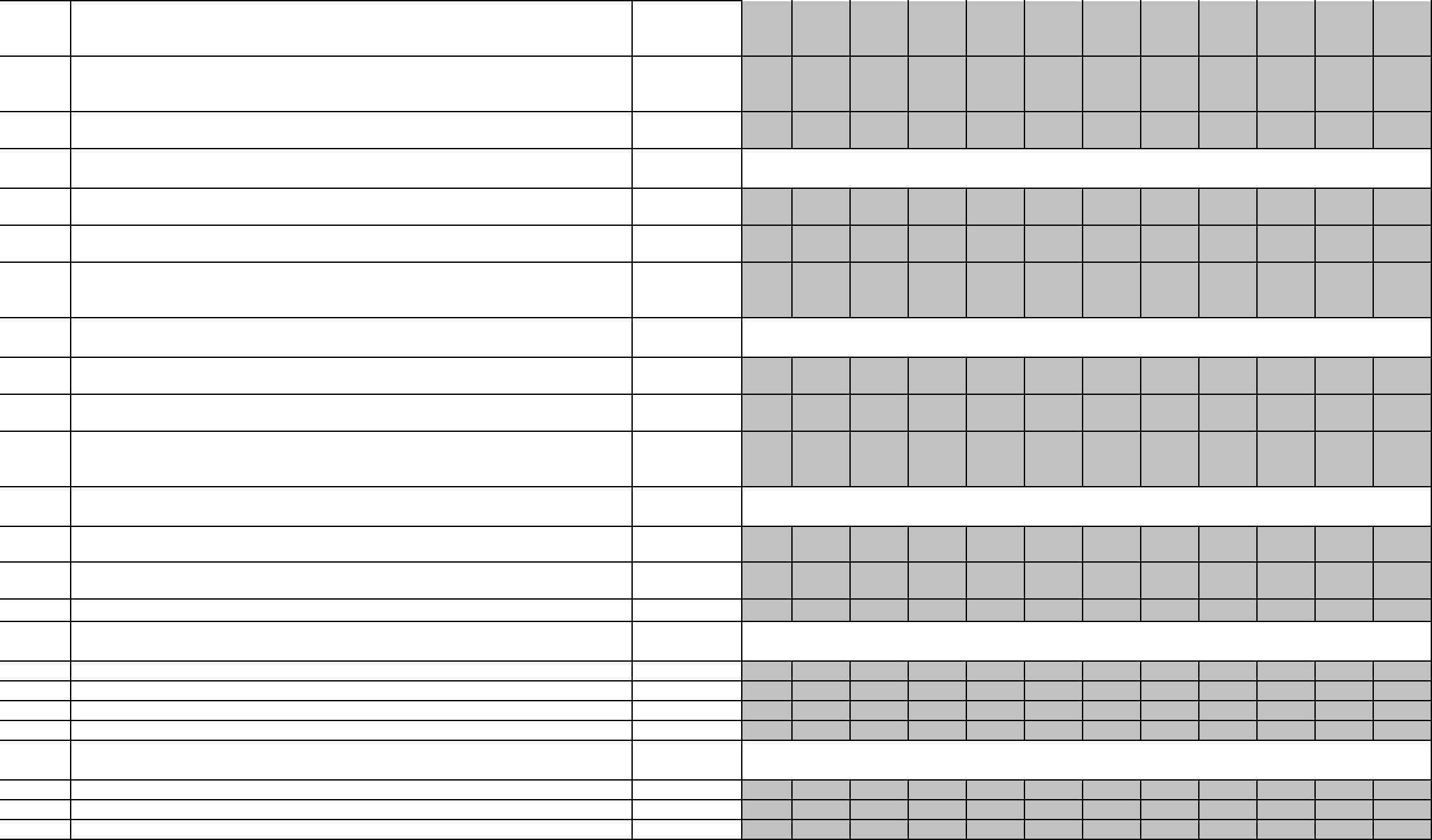
CSLO 1
Demonstrate knowledge of C++ concepts including structures, classes, methods,
objects, and primitive types. Included is an understanding of the basic C++ libraries.
B
CSLO 2
Use the object-oriented language concepts available in C++ to demonstrate
encapsulation, abstraction, instantiation, overloading, inheritance, composition, and
polymorphism.
B,C,D
CSLO 3
Apply the object-oriented language concepts available in C++ to design and implement
a program that applies to a real-world application.
C,E
CSCI 76A - Game Programming
CSLO 1
Demonstrate knowledge of basic 2D game concepts including the game engine,
playing fields, sprites and events.
B,D
CSLO 2
Demonstrate knowledge of the game engine's update/render/draw loop and how this
loop is utilized to implement a game.
B,C,D
CSLO 3
Apply the basic 2D game concepts to design and implement a 2D game. The design
includes a game design document and the implementation includes the operation game
software.
C,E
CSCI 79 - Mobile Device Programming
CSLO 1
Graphics: Write code to draw a custom view for a mobile device application using lines,
rectangles, ellipses, and/or bitmap image files.
B,C
CSLO 2
Views: Implement a mobile device application that contains multiple views controlled by
user-interface elements.
B,C,E
CSLO 3
Tools: Identify the tools, steps, and components used to create a mobile device
application containing common features such as standard user-interface controls,
tables, and custom graphical views.
A,B,C
CSCI 95 - Internship in Computer Science
CSLO 1
Perform internship duties that relate to educational or occupational goal.
CSLO 2
Complete proposed internship and expand knowledge and skills in chosen field.
CSLO 3
Evaluate internship success with site supervisor and instructor.
CSCI 300 - Selected Topics in Computer Science
CSLO 1
CSLO 2
CSLO 3
CSLO 4
CSCI 400 - Selected Topics in Computer Science
CSLO 1
CSLO 2
CSLO 3

CSLO 4
CSLO# COURSE NUMBER: COURSE NAME
Related PSLO
